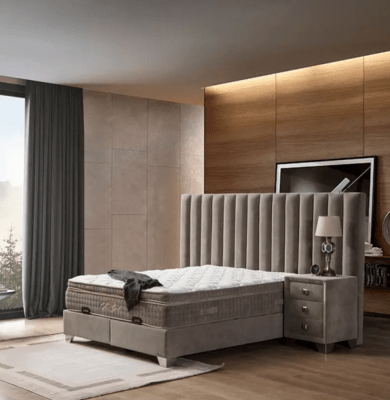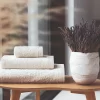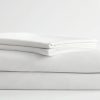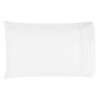Your bedroom is a space where you can unwind in your mattress, gather your thoughts, and spend time with your loved ones. Given that your bedroom is where you start your day, the design of your bedroom is a crucial part of your home’s interior because it sets the tone for the rest of the day.
It takes effort to create the ideal bedroom. Even though the bedroom might seem like a straightforward space, very few people are actually aware of what makes a great bedroom design. Due to erroneous presumptions about how the bedroom should appear, many of us end up making mistakes with it.
This is why it’s crucial that, before getting started, you comprehend the fundamentals of good bedroom design. Here are a few bedroom design dos and don’ts.
DO it according to what you want. When it comes to bedroom design, you must be a little more flexible. Space won’t feel like the haven of your dreams unless it is warm, luxurious, and customized to your tastes.
DON’T overcrowd it. Your bedroom is a place for all of your personal items and favorites, but you need to be mindful of clutter. The room will become cluttered and lose its calming feel if there are too many different styles, colors, and patterns present.
DO use calming colors. The main goal of bedroom design is to create a space that makes it simple to get a good night’s sleep. Blue is a common and natural choice for calm colors. For good Feng Shui, you could also choose soft shades of yellow and peach or pastel green.
DON’T make everything match. When beginners decorate their bedrooms, they frequently make this error. If that’s all you see, even the most calming blue will appear dull or overwhelming. Maintain contrast and variety in your color scheme. It won’t harm to add the occasional splash of red or a wall accent with a lively pattern.
DO consider room size when making your furniture selection. Choose the bed, nightstands, cabinets, and chairs based on the size of your room if you’re about to design and decorate your bedroom from scratch. Leave enough room to move around freely and take in your new sanctuary without making the room appear to be overly crowded.
DON’T spare any expense in storage. Reduce the size of the bed and reevaluate the need for any furniture pieces in your small bedroom. Cutting back on storage in the bedroom is never a good idea because clutter can easily undermine the tranquil atmosphere you’re trying to establish. Get creative with your storage; dressers in place of nightstands, storage benches, and under-the-bed units are all excellent options for hiding items.
DO allow room for movement. Between your bed and the walls of your bedroom, as well as between storage units and frequently used furniture, there should be a minimum of three feet. When decorating your bedroom, pay attention to how the furniture is arranged. You’ll have plenty of chances to go avant-garde when selecting your wall coverings and furniture, so keep it straightforward and sensible.
DON’T forget the room’s primary objective. It serves primarily as a place to sleep. Workstations, TV units, and cozy coffee nooks are all nice—until they take up too much room. If your bedroom is small, stay away from these. If there is enough room, keep these additions out of the way of traffic and sightlines. When you’re trying to unwind in bed, you don’t want to be looking at your work documents.














